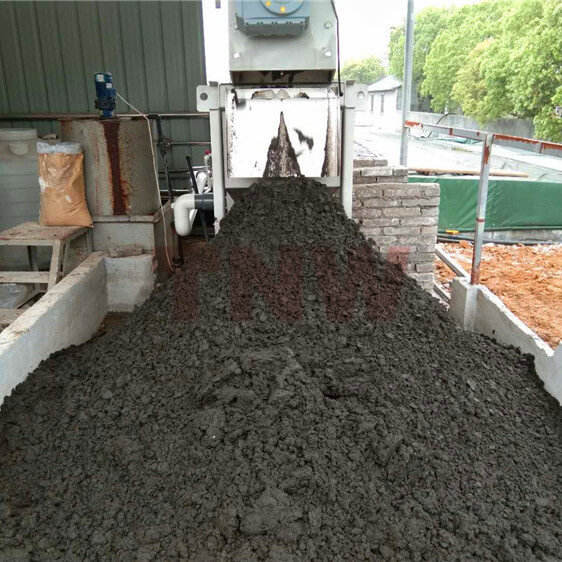Blog
What is the reason why sludge filter press does not produce sludge but only water?
Recently, a customer asked what happened to the sludge filter press purchased
from an environmental protection company that only produced water without mud?
Occasionally there is mud, but it is very thin?

To solve this problem, first of all, let's look at the causes:
1. Water seepage of equipment
The water permeability of the equipment should be improved, and the quality control of the products made by many manufacturers with unqualified technology is poor.
Solution: Sludge filter press manufacturers are preferred.
2. High feed concentration
The feed concentration shall be calculated and controlled reasonably, and it shall not be too large. If the concentration is too large, it is easy to cause delay in filter pressing and concentration, and naturally the sludge will be very thin, or even not.
Solution: entrust the manufacturer to set and debug the feed concentration and water volume, and conduct scientific measurement and adjustment.
3. Flocculant problem
Sludge filter press is a product with high requirements for flocculants. The selection of flocculants greatly affects the sludge discharge efficiency of the equipment.
Solution: Select appropriate flocculant. If you do not know the type of flocculant, you can contact our company to send sample for test.
4. Spindle speed and mixing speed
The rotating speed of the spiral shaft and the speed of the mixer in the flocculation mixing tank should not be too fast or too slow, which may lead to insufficient mixing.
Solution: Adjust whether the mixing speed is within a reasonable range (the rotating speed of the spiral shaft is generally 2 revolutions, and generally no adjustment is required)
5. Jam problem
Check whether there is blockage and whether the village is locked. The blockage will seriously affect the sludge dewatering efficiency of sludge filter press.
Solution: In case of blockage, flush with a large amount of water, adjust the parameters of the spray system or reverse the spiral (with the guidance of the staff).
6. Backpressure plate clearance
The back pressure plate is the last process to control the sludge dewatering. If the gap between the back pressure plates is too large or too small, the sludge dryness will be greatly affected. When the sludge is very thin or cannot be discharged, try to narrow the back pressure plate gap a little.
Solution: Adjust the clearance of the back pressure plate, generally to reduce it, but not too small, in order to prevent axle seizure.
7. Drive motor
Check whether the drive motor is faulty
Solution: Replace or repair the drive motor.